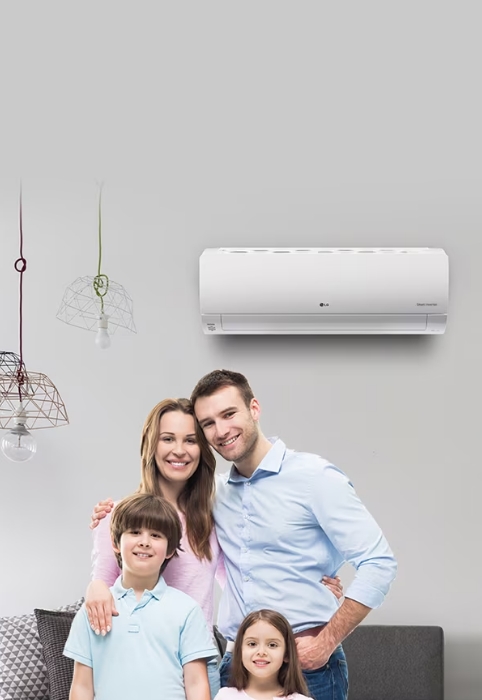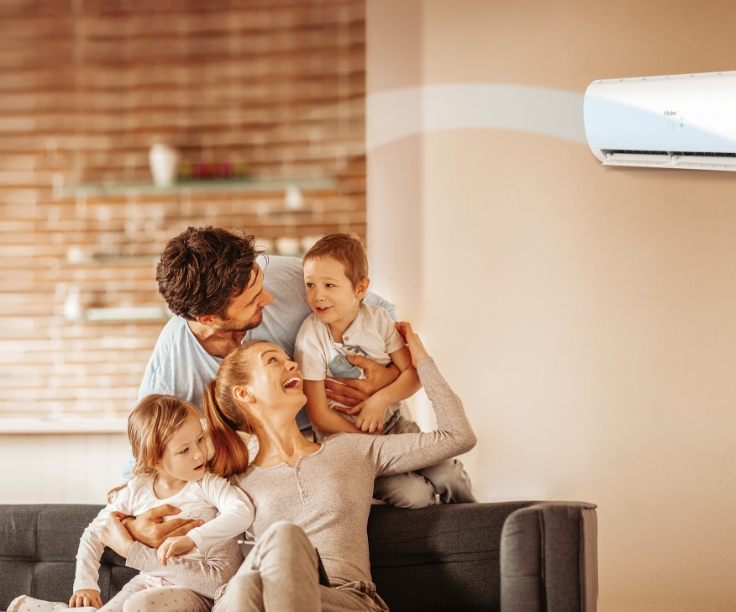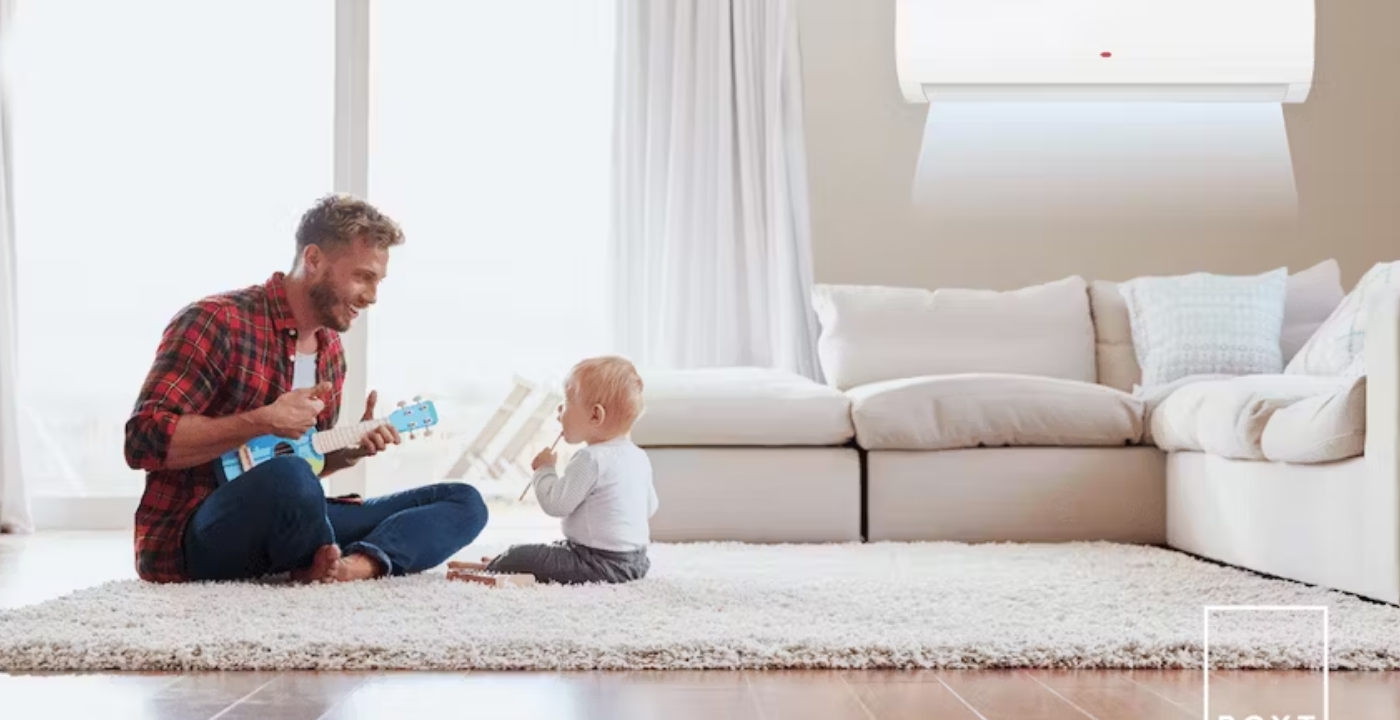Choosing the best split system air conditioners
Australia is not known for its calm gentle environment. If you’re going to live there, you need to have an old-fashioned, hard-core, pioneering spirit. However, even the pioneers got uncomfortable. There’s no reason for that in the twenty first century. You don’t need to tough out the insane summers, or the freezing cold winters as though we were still living 100 years ago. Climate control, be it heating or cooling, is an essential part of living in the 21st century. Once you decide to get split system air conditioners you need to decide which type of air conditioner will work best for you. Split system air conditioners are perfect for medium to large houses. But which system is best requires the buyer to have uncommon information. There are a dozen different brands, and hundreds of different models, each with its strengths and weaknesses. Panasonic, Dakin, and Samsung all make exceptional climate control units. Based on company strength, value, and environmental friendliness, let’s examine which of these three friends will be right for your house, or building.
What you should know about each brand
Every brand bring something unique to the table. Panasonic has been around for almost 100 years. They are based in Japan, and have a reputation for being versatile, and innovative. If you are looking for exactly the right model for your house in every tiny way you will probably find it at Panasonic. They carry a large selection, in a lot of different power options. But maybe you want to keep your business close to home, who can you purchase from then?
Daikin has made its mark in the Australian climate control market. It has a more limited offering than Panasonic. However, they are designed, manufactured, and shipped within Australia. If you want to keep your money in the local economy, this is the option to go to. If you’re looking to combine environmental friendliness, while still supporting local jobs, you cannot do any better than Daikin.
Samsung, based in Korea, is perfect for the people who want the most features possible. Samsung has made name experimenting with new technological possibilities, and their air-conditioning is no exception. They had been early adopters of Wi-Fi connectivity, although now that is becoming the norm. They are continuing to strive towards new ideas in home comfort. This striving towards innovation has made Samsung an industry leader in air-conditioning technology.
So what is a split air Conditioners ?
Simply put, split system air conditioners is air-conditioning set up where the evaporator is separate from the condenser and compressor. There are a couple of different variations, some are ducted some are not, some are full-size and some are miniature. A ducted split system air conditioners will effectively cool a medium to large house. A ductless mini system is really only good for one or two rooms. And only then if you leave the door open. The bad news about a split system air conditioners compared to a window air conditioner is that the initial cost. The cost is higher to install a split system air conditioners than a window. Because the system is split, holes need to be made in walls to accommodate the pipes and hoses. Also, split system air conditioners will need to be winterized. In the wintertime window systems are easy enough to handle, you just take it out of the window.
In the long run split system air conditioners are more efficient and use less energy. In a window unit the compressor (heat) is very close to the evaporator (cold). That means at some level they will always be working against each other. However with a split system air conditioners there is enough room between the two that they will not be fighting. For this and other efficiency reasons the split system over time will prove to be cheaper than a simple window unit.
So what the environmental cost?
Everyone is talking about the environment today. It used to be the sole concern of the passionate few. However because of regulations and social pressures environmental causes have become something that needs to be considered in everyday life, and everyday purchases. Panasonic, Daikin, and Samsung all have made great strides to protect the environment.
The Panasonic technology is called EconNavi, and it uses a series of sensors placed around your house. The idea with this technology is not to be heating or cooling rooms that are not currently in use. By monitoring which rooms are currently in use, you will be able to save resources, and be more efficient with heating usage. When it comes to filters Panasonic uses Nanoe-G technology for its filters. According to Panasonic this technology filters out 99.9% of airborne bacteria, viruses, and even moisture if necessary. Panasonic not only cares about the environment outside of your home but is also very concerned about the environment inside your home.
Daikin has environmentally friendly air conditioners, but has also taken great strides to make sure the manufacturing and shipping processes as environmentally friendly as possible as well. Their air-conditioning units not only exceed the mandated requirements for environmental friendliness, their manufacturing process does as well, and strives to do better every day.
Samsung has a favoritism towards new and innovative technologies has not neglected the environment either. On the whole, Asia is not a place that is usually associated with environmental friendliness. However, Samsung has made a promise that they will work towards improving and protecting the environment. The Carbon Disclosure Leadership Index keeps track of which companies are most efficient at managing the environmental resources that they have, and Samsung is one of the only Asian corporations to make that list. Beyond the land and the trees, Samsung commits portions of its revenue to improving local communities. For Samsung as a company, it isn’t enough to save the environment, it needs to be better than when we found it.
The final word
As with all air-conditioners, it is not as simple as “one-size-fits-all”. If you’re looking to find exactly the right size, and model air conditioner for your house or building, Panasonic’s got you covered. If you’re looking for the newest gadgets, or innovations, Samsung’s got something neat for you. And if you’re looking to make sure Australian jobs stay in Australia, but don’t want to sacrifice quality or price, Daikin is where you want to go.







